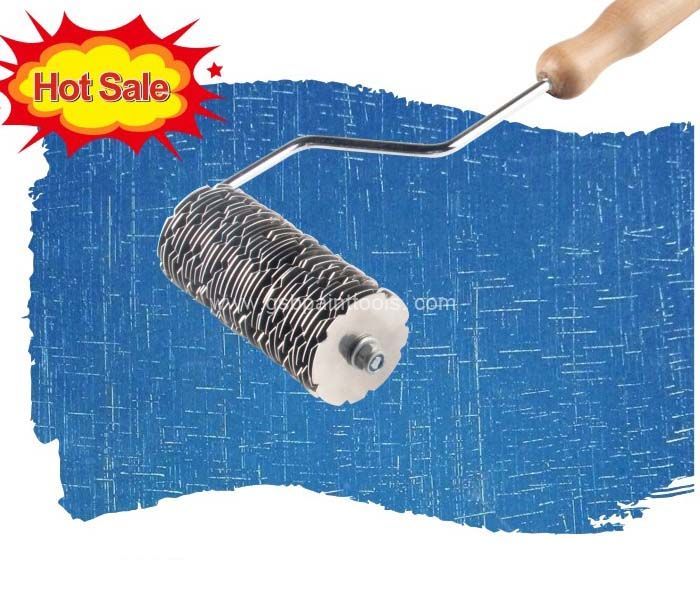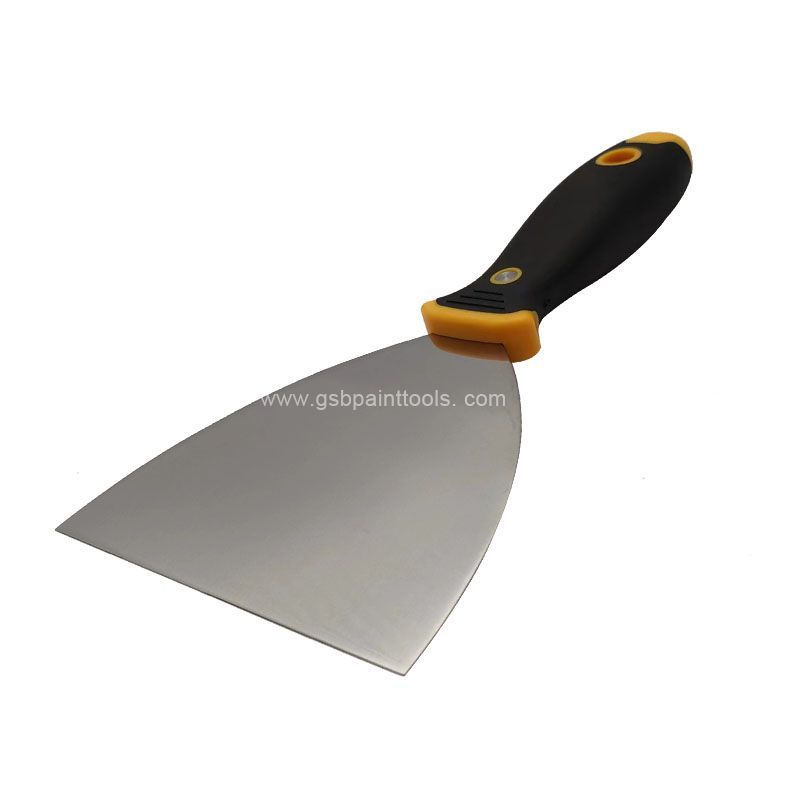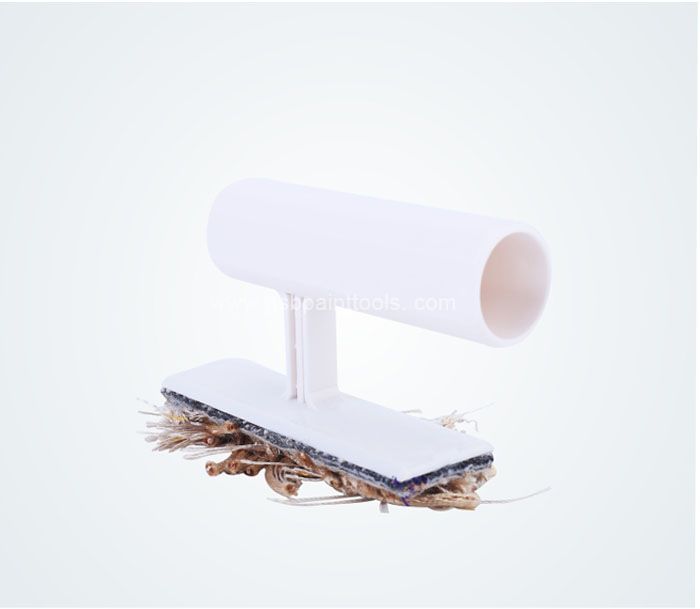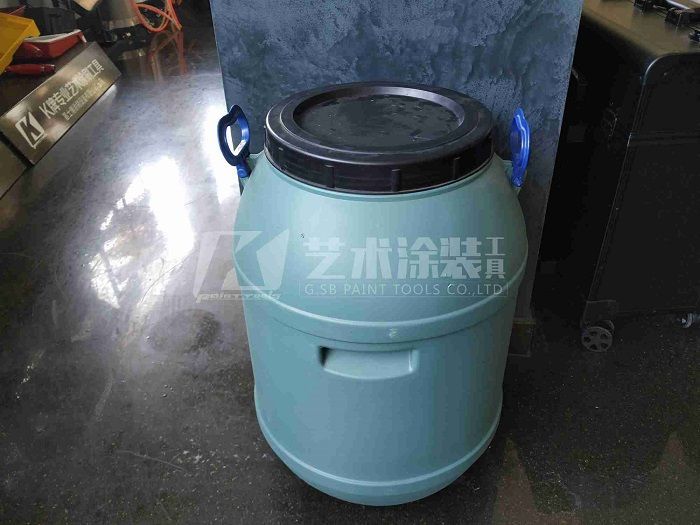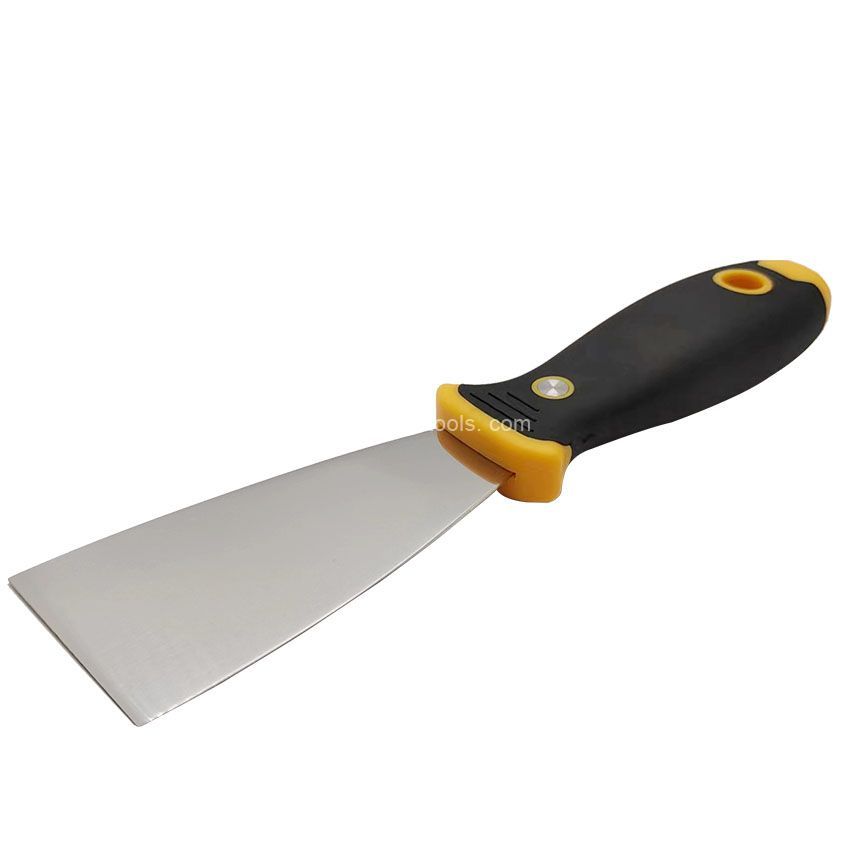Features:
Check Graining Rollers Professional Faux Wood Graining Tool
Item NO: GS-CLT33A
1: Create a wood grain effect like oak, mahogany, and birch
2: Also useful for creating the look of denim and woven fabric
3: Metal discs move separately to produce fine, broken spores
K Brand Check Graining Rollers are professional wood-graining tools for imitating the fine pores and patterns found in certain hardwoods such as mahogany or oak. Apply paint to the wheels by holding the brush against the top of them, it is then rolled down the surface in straight lines to create pores, reproducing woodgrain patterns.
Description:
Check rollers are a type of roller that is often used to give your doors the appearance of different types of wood. They can be positioned at the top left or right side and then pulled through from one end to another for it to have coverage on all parts, giving you an even look. It’s great for creating variety because they’re not just limited to replicating oak or birch; there are other options as well.
You don’t need any additional tools such as paintbrushes since each metal section helps create this smooth grainy texture close-up, so it doesn’t take up too much time when painting onto large surfaces, walls, floors, furniture pieces etc.
Check rolling is a positive application technique, so you will have to "ink" the roller. On a piece of paper towel, roll out a few passes remove excess glaze or stain. Now, move over to your sample board and do the same in one motion from bottom to top of the board without stopping. Create a wood grain effect like oak, mahogany, and birch Also useful for creating the look of denim and woven fabric Metal discs move separately to produce fine, broken spores 2-Inch ›See more product details.
Continue this over the whole board while trying not to overlap your check rolled sections. And Check Roller will apply glaze or stain of your choice in straight bands to create pores seen in Oak and other fine hardwoods.
Metal discs move separately to produce fine broken pores.
Load a brush with the the glaze or stain and place it on top of the check roller
Roll the check roller down the surface in straight bands, adjacent to each other
Blot up excess media with a paper napkin or paper towel
Optional-" Wisk" out pores with a stiff brush into longer, thinner streaks if desired
Quality, long-lasting tool with comfortable wood handle
Well made and easy to use. I used a mineral paint for a base coat and loaded the graining roller with brown glaze for a simple, understated graining effect. I poured the glaze onto a cloth in a small pan to make something like an ink pad This prevented overloading the roller and helped to keep the grain pattern sharp.he solidly built tool has a large number of sheet metal disks, which have differently arranged gaps around the circumference. Together with the free mobility of the discs (stainless steel sheet), a pattern that is never the same results when you work on a prepared layer of paint (e.g. acrylic).
In doing so, I discovered two modes: Apply a thin layer to the object (burning, plate), let it dry and then, without further action, roll it with a dry roller in the 'direction of the grain'. Gives a bold pattern, the color predominates, the displaced areas are narrower. Or, for my purpose, to imitate rustic oak better: apply the paint to a small board, then work the roller into it and roll onto the dry original work piece with what little is left hanging from the discs. Gives a believable effect achieved by imitating needle cracks with my usual soft plastic combs. My full recommendation, especially since the scooter gives the impression of being indestructible.
Load your bristle or foam brush with stain or glaze medium and place it on top of the wheels of the Check Roller, so that the brush supplies the wheels of the pores with the medium as they revolve to produce the woodgrain 'pores'.
Roll the tool down the surface in straight bands, directly adjacent to each other. Blot up any excess medium by laying an opened paper napkin on the surface. The pore effect is then often softened slightly using a stiffer bristle brush, by drawing the remaining pores into longer thinner streaks. Wash the roller thoughly in paint thinner after each use.
FAQ
Question: What are the steps for wood graining using this tool? And what other tools might I need?
Answer: Hello, you will need some of the plastic graining tools. We also bought a flogging brush, a softening brush as well as the check graining roller. We use this roller last amd it gives the wood an interesting fleck. We have been making oak panelling using these tools...it looks amazing.
Question: can this be used on concrete
Answer: I think the answer is no. I can tell you that the individual rings that make up the roller are very thin and close together. Concrete is thick and coarse from the gravel or crushed stone. This tool is primarily intended for paints or stains and other materials that that are uniformly thin homogeneous fluids or solids that are fine and dry enough to allow very fine lines to be drawn on it.
Tips:
What Skill Needed for Wood Graining?
Wood graining is a process that creates an aged or antique look by applying dyes to any surface in certain patterns. It can be done on walls, metal surfaces, or even undesirable wood with the help of advanced tools and skills. I’ll share some useful tips for anyone seeking information about giving any surface this beautiful vintage appearance, including the list of the best wood graining tools for these projects.
Wood graining is the process of applying paint in layers to make it look like wood. “Graining” refers specifically to the technique of painting grain lines on the surface, but you can also find many techniques that apply color without any visible patterning. The most common type is called “faux finish”, which gives furniture and other pieces an old-fashioned appearance by using graining technique.
The wood graining process can be easy to master with the right tools, but it will also depend on your work ethic. For instance, 80% of wood grain depends on skill rather than what kind of tool you use. If you are not focused when working with that skill set, it is more likely for a beautiful project to result in an imperfect final product.
Wood graining is a very time-consuming and delicate process that requires lots of patience, skill, finesse–you need painting ability as well as sanding expertise before even getting started! You’ll have to know about all the chemicals required for this job beforehand, so don’t forget to learn those lessons before starting a wood graining project.
Tools for Perfect Wood Graining
Wood graining tools are an essential part of doing a beautiful wood grain project. There are many different types of wood graining tools, with some being better suited for certain tasks than others. This article will explore the different types of wood graining tools and how to use them correctly.
The process might seem complicated at first, but it’s not as difficult as you may think. All one needs is some creativity and patience!The process of applying the paint is very similar to painting in general but with much more delicate details.
None







